Kelvin Taylor puts forward the view that retailers need to break down the barriers between their physical stores and their online operations. They need to personalise experiences and interact with their customers.
As the traditional anecdote goes, “from little things, big things grow”. Now, in part due to digital disruption, it would seem the opposite is true – that from big things little things grow. Welcome to the world of ‘phygical’, where both digital and traditional channels operate in concert to engage with a shopper.
In his book Fast Shopper, Slow Store, author Gary Schwartz challenges physical retailers about the need to focus and build a loyal, one-to-one relationship with shoppers, using their smart devices to connect their store experience with their cloud experience. A shopper armed with a smartphone, connected to the internet of all things, has access to more knowledge and choice, the ability to price-check in-store (often on a competitor’s cloud) and, most importantly, the means to purchase without going to a traditional service counter or engaging with a traditional sales person.
- Artist’s impression of David Jones, Barangaroo Sydney
- Artist’s impression of David Jones, Barangaroo Sydney
Breaking down old ways
Retailers need to break down the channel barriers between their physical stores and their online presence. This does not mean that the offline physical store is dying; rather, the individual retail stores and the shopping centres need to reconfigure how products are presented to consumers.
Last month, American electric car manufacturer Tesla partially revealed its new Model 3 vehicle, with over 325,000 people putting down a deposit without having fully seen what they are purchasing. The Tesla brand’s tech image is a huge pull factor for customers. Also unique is Tesla’s ‘dealer-free’ sales model, where customers deal directly with the ‘factory’. There is no expansive dealership and teams of sales people to pressure the buyer. Tesla has chosen instead to open boutique retail shopfronts to showcase its products, with a store in Westfield’s London shopping centre an example of the selling model. A typical store only has one car on display and augments this with samples, video content and a small ‘design centre’ for customers to specify their own unique Tesla expression.
- Tesla showroom, London
- Audi City, London
- Audi City, London
Similarly, Audi has opened a retail model in London near Piccadilly Circus with a compact space set up as a showroom of the future. Their brand positioning ‘Vorsprung durch Technik’ (forwards through technology) is aptly displayed through the clever use of interactive technology, allowing customers to build a bespoke vehicle via touchscreen terminals. Client managers help with the process. The designed car is displayed as a lifesize image via a projection. The car can be ordered onsite, or viewed again out of store online. With this retail model, Audi is meeting the need for cross-channel selling head on. The Audi in-store brand interaction is synonymous with technology, and uses a digital platform to enhance the selling process. Proving there is still a need for physical interaction, the Audi store also has ‘analogue’ samples of paint, leather, fabric and timbers to engage sight, touch and smell.
Personalised experiences
There are other traditional big-footprint operators who are looking to reinvent the way they create physical engagement with customers and opt for smaller spaces. Closer to home, David Jones will launch a 1,400m2 concept store to complement the precinct’s diverse range of domestic and international retailers. David Jones will feature men’s and women’s fashion, and a luxury edit of beauty and accessories, curated specifically for the Barangaroo population. The Concierge and Click & Collect services will offer the convenience of shopping from the broader online range of brands, with customers able to collect purchases at a time that suits their busy schedules.
The Barangaroo discerning customer is David Jones’ number-one priority, and every team member is trained as a personal shopper. The beauty team will be on hand with the best products, advice and services in colour and skincare for men and women, while their fashion team can provide expert advice across the great range of brands that customers love.
A recent survey on the subject of the digital customer journey, conducted by Tech Research Asia, revealed both organisations and consumers welcome the integration of a digital channel. In fact, 71% of Australian consumers say the emergence of digital channels has a positive influence on the way they interact with organisations and brands. To be relevant, the store of the future must graduate towards a model in which the brand will develop a trusted digital relationship with the consumer across all its retail touchpoints – digital and traditional.
Branded interactions
A great example of branded interactions using a digital medium is Italian fashion retailer Benetton, profiled in the book Branded Interactions by Marco Spies. Through their ‘live windows’ campaign, Benetton (with creative development in-house team Fabrica) has embraced the digital channel as a medium, to talk to their customers who give voice to their brand. Interactive window displays in flagship stores, supported by apps, enabled over 65,000 customers from around the world to connect with each other. Unique customer profiles, cross-posted to other social media, photo and video uploads, millions of comments and votes, all merged to create a community story via Facebook, Twitter and YouTube. Ordinary people became stars. The network enabled different styles of self-expression, where individuals shared thoughts, ideas, tastes, likes and dislikes. In return, Benetton builds and strengthens its brand in the hearts and minds of its core audience.
- Benetton’s ‘live windows’ interactive storefront
- Benetton’s ‘live windows’ interactive storefront
Patricia McMillan, author of the book Make IT Matter, reveals a surprising element for leading digital transformation. The magic element is story. The live windows campaign by Benetton strongly reflects this. This may include the brand story, the team’s stories, and the customer’s stories. Story is what brings life to branded interactions and digital transformation. Stories can reveal aspects of identity (who we are), insight (whom we serve), influence (where we’re going), and impact (where we’ve been).
Benetton stories are conceived from within, and reflect the heart of the business. Technology is simply used as the medium to bring the stories to a wider audience, and develop a language that enables a deeper experience for users.


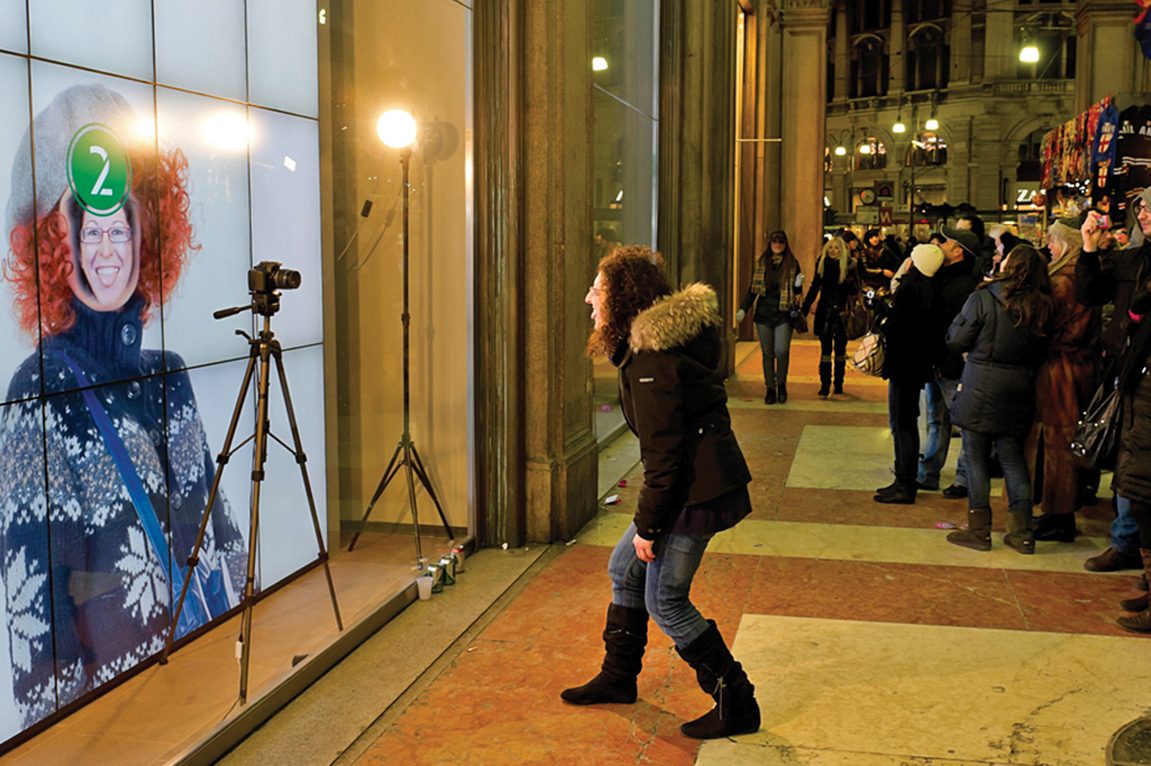
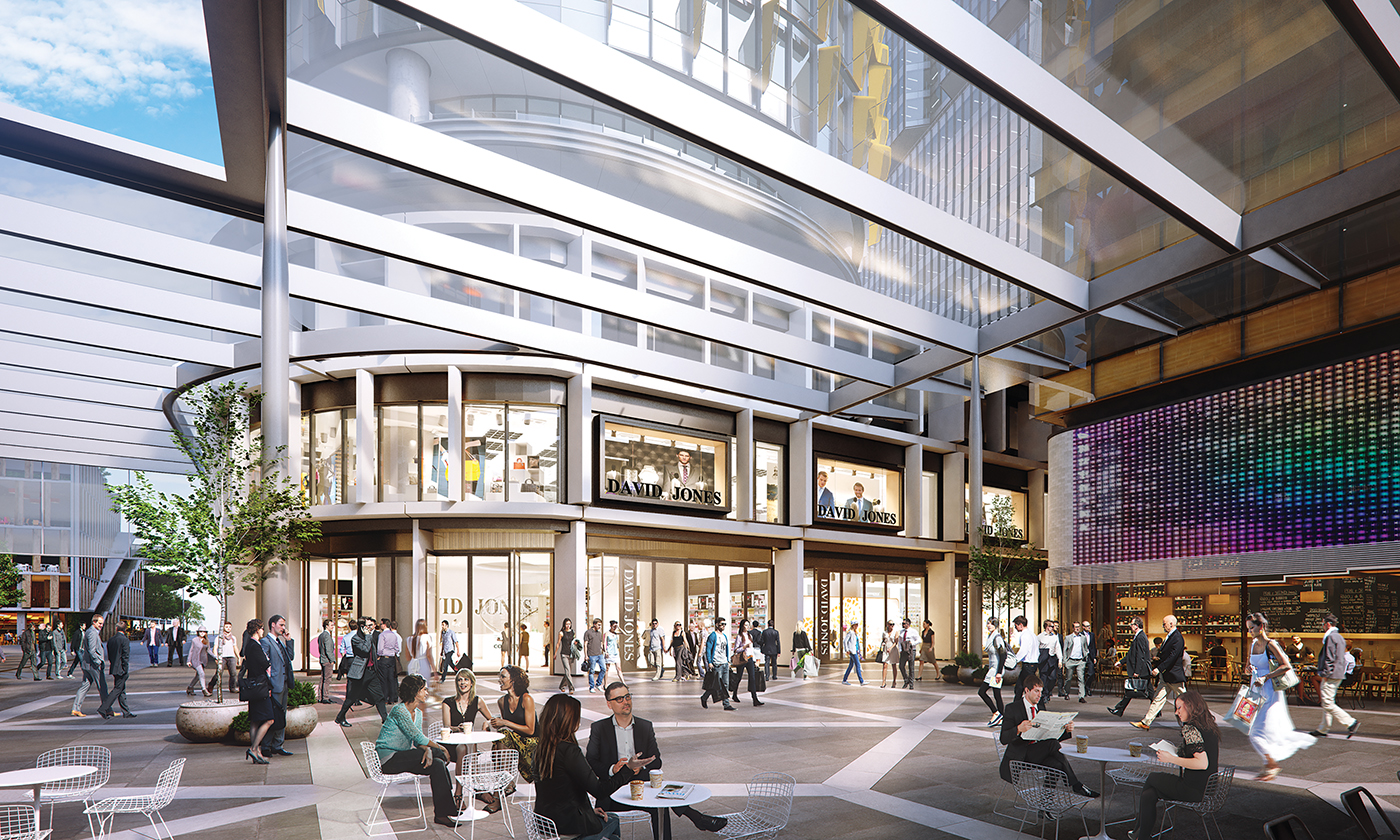
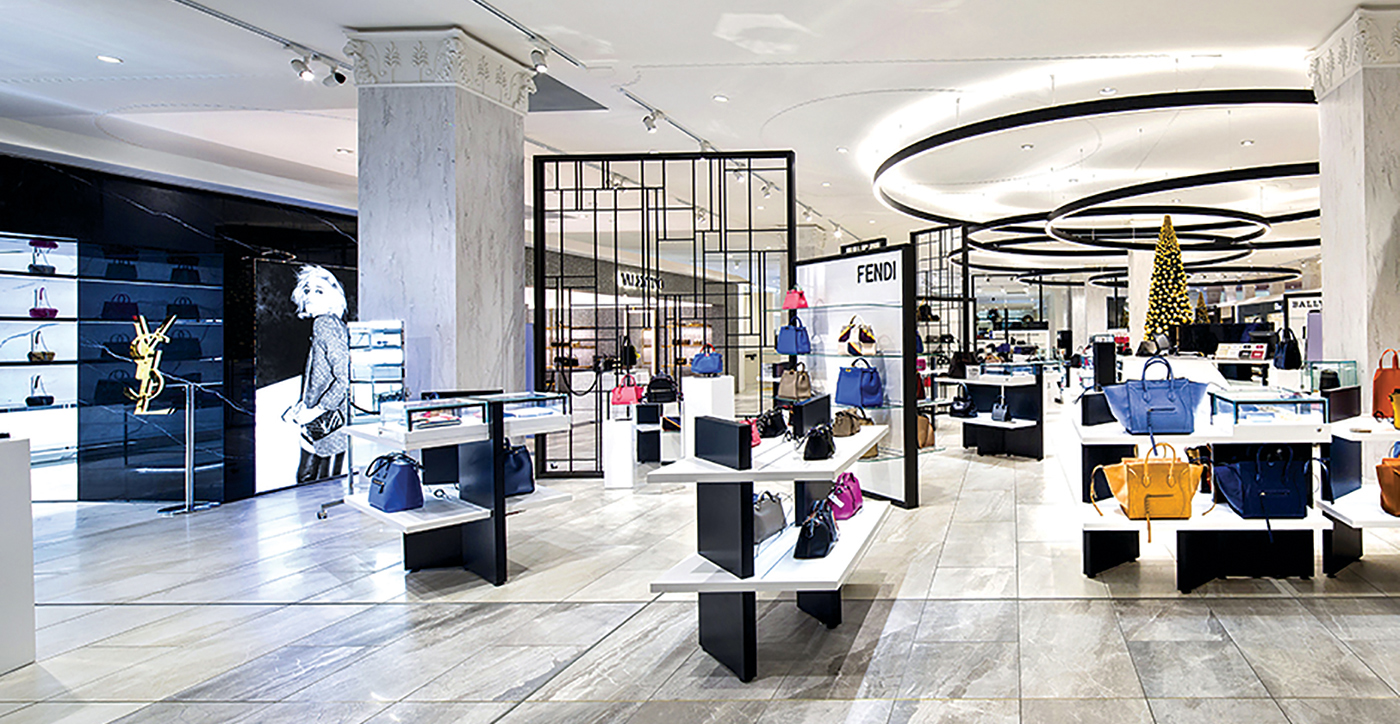
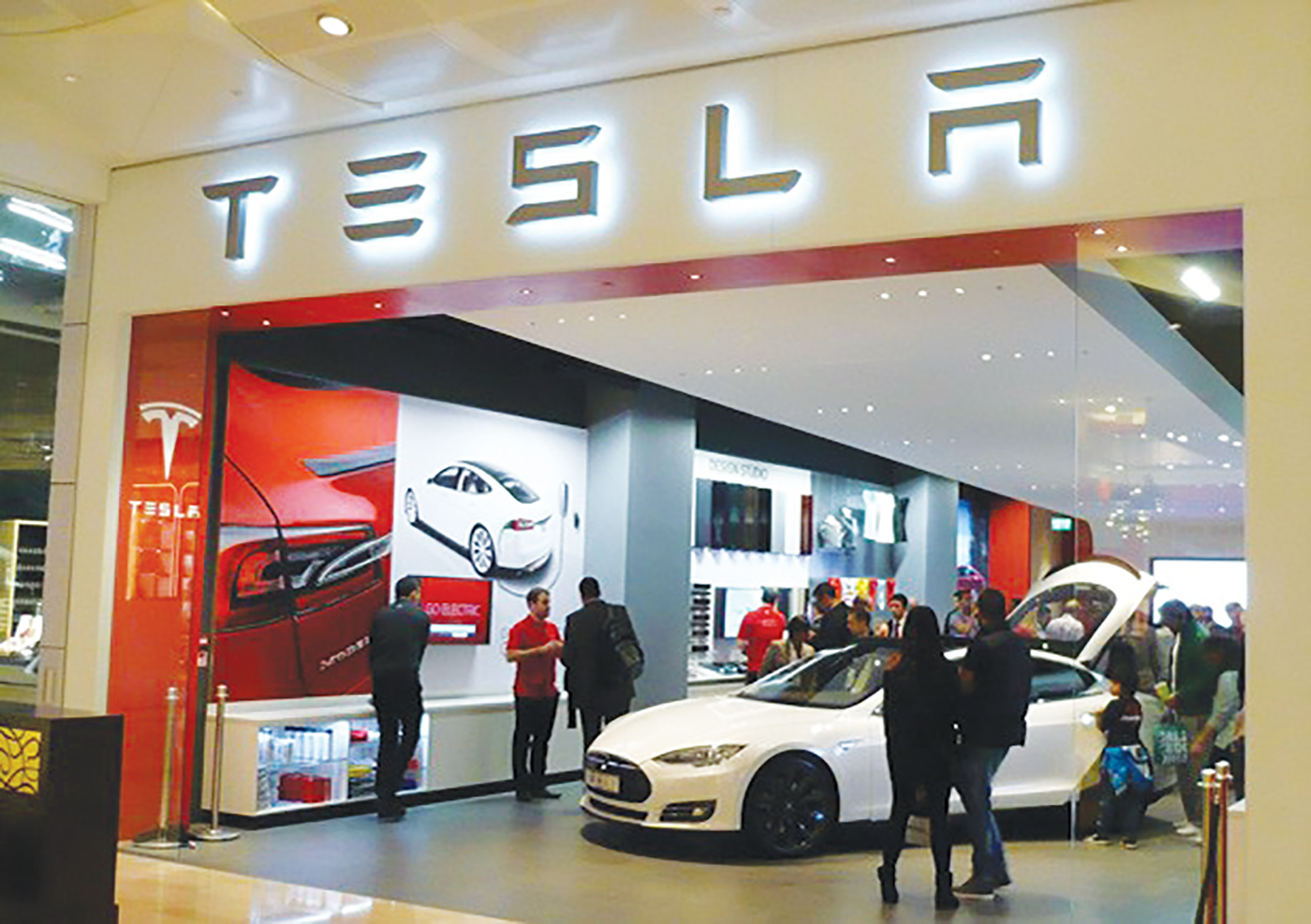

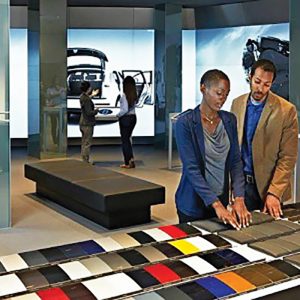



















Richard Duerden
14-06-2016
Thanks for this great read Kelvin. It certainly highlights the importance of a well considered strategy around how digital plays a part.
dd
14-06-2016
Great article! Such an interesting time in the physical / digital realm.
rod yates
14-06-2016
A great article, very relevant here in AsiaPac!